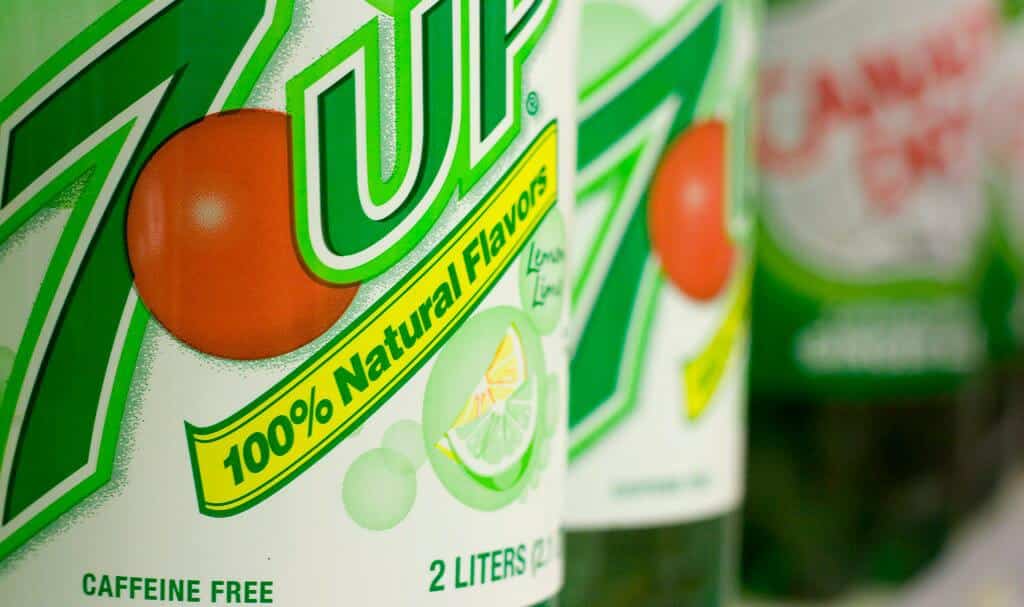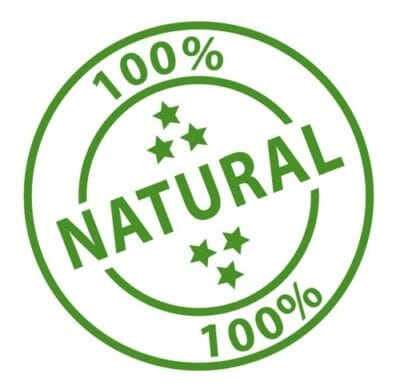
Photo source: Justine McGregor. Flickr/Creative Commons . https://creativecommons.org/licenses/by-nc-nd/2.0/
The Merriam-Webster dictionary defines “natural” as “being or composed of ingredients that are from nature and not artificial.”
With that definition in mind, it makes sense that when you see the words “all natural” or “natural flavors” on a food or drink label, you expect that the ingredients are “from nature.”
But you might be surprised at how unnatural some of those “natural” ingredients are. In fact, the Food and Drug Administration has no set definition of what “natural” means in labelling.
Since its 1906 Pure Food & Drug Act, the FDA has deemed that natural flavors must originate from a natural source, but the FDA does not stipulate what is done to that substance afterwards. In fact, many “natural” flavors become decidedly unnatural after spending some time in the lab.
A good example of the term “all natural” gone bad is orange juice. Although commercially produced orange juice includes orange juice as a natural ingredient, the product often undergoes an unnatural process before it hits your grocery store shelf.
New Capsule Protects You From Toxins And Pollutants!
In her book, “Squeezed: What You Don’t Know About Orange Juice,” Alissa Hamilton explains that orange juice companies first squeeze oranges into giant tanks that remove all the oxygen from the juice. Without oxygen, orange juice can be stored for up to a year before bottling.
 However, without oxygen, the juice also loses its flavor. So, orange juice companies add orange flavor back in later with specially designed “flavor packs.” Although the flavor packs do contain some natural ingredients (such as orange oil and orange essence), they usually are mixed and formulated in a lab along with other chemicals and compounds.
However, without oxygen, the juice also loses its flavor. So, orange juice companies add orange flavor back in later with specially designed “flavor packs.” Although the flavor packs do contain some natural ingredients (such as orange oil and orange essence), they usually are mixed and formulated in a lab along with other chemicals and compounds.
As a result, all-natural orange juice is not all orange juice.
Likewise, natural vanilla flavor does not always come from vanilla beans. In another example, a British biotech company is working to create a grapefruit flavor from oranges, since oranges are less expensive and more readily available than grapefruits.
According to Popular Science, in order to create a grapefruit essence, the British scientists are isolating a chemical in oranges, called “valencene,” and combining it with an enzyme to manufacture a grapefruit flavoring, called “nootkatone.” A Boston company called Ginko Bioworks is working on a similar process to give yeast a vanilla taste.
While artificial flavors can come from petroleum or other inedible substances, “natural flavors” can come from a spice, a fruit or vegetable, edible yeast, herb, bark, bud, root, leaf, meat, seafood, poultry, eggs, dairy products, or anything fermented from those foods, according to the FDA’s Code of Federal Regulations.
Lab workers, called flavorists, can take a startling array of ingredients and work with them to mimic certain natural flavors. So, why not use the natural source itself? The answer is to save money. For example, real cherries are costly, but a lab-formulated “natural” cherry taste can be much less expensive.
Once flavorists find a tasty formula blend, the recipe is then manufactured at production plants.
In its database of more than 80,000 foods, the Environmental Working Group lists “natural flavor” as the fourth most common ingredient – behind only salt, water and sugar — listed on food labels. Unfortunately, the FDA does not require manufacturers to spell out what is in their “natural flavors.” The only exceptions are common allergens — milk, egg, fish, shellfish, peanuts, soy, tree nuts or wheat.
Therefore, the only way to really know if the “natural ingredients” in a product are really natural is to contact a food manufacturer directly to request detailed information.
Of course, another option is to bypass these types of processed goods entirely and to eat foods in their natural state as much as possible. That way, you’ll know exactly what you are eating.
What do you think about “all-natural” labels? Share your thoughts in the section below:
Sources
https://www.accessdata.fda.gov/scripts/cdrh/cfdocs/cfcfr/cfrsearch.cfm?fr=501.22
https://www.ewg.org/foodscores
 Off The Grid News Better Ideas For Off The Grid Living
Off The Grid News Better Ideas For Off The Grid Living



